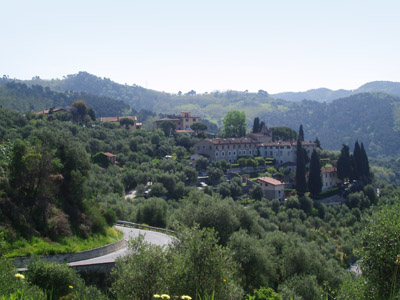
Colline Lucchesi wines
The Denominazione di Origine Controllata “Colline Lucchesi” white and red wines also boast an ancient history and a tradition of quality; their protection was one of the first to be guaranteed by a presidential decree daated 1968 and, with some subsequent modifications, the regulations governing the production of wines were brought into force by the ministerial decree of 8 July 1997.
The area of production extends from the municipalities of Lucca, Capannori and Porcari and it includes various areas and entire communities sucha as Castagnori, Forci, Pieve Santo Stefano, Mutigliano, Cappella, the area west of the Morianese, San Pancrazio, Matraia, Valgiano, San Colombano, Segromigno in Monte, Camigliano, Tofori, San Pietro a marcigliano, San Gennaro and Gragnano.
The Collin e Lucchesi red and white wines enjoy a particularly excellent climate and habitat, a variety of composition and an enological tradition that is based on the history and culture of the great Lucchese families. A significant example of this civilisation is the large fresco in the Buonvisi villa at Forci depicting the “Triumph of Bacchus” with the villa itself in the background, recognisable by the large portico facin g the valley.
But already in 1382 a contemporary of Dante’s, Antonio di Pace degli Orsi, described it as being a “tasty wine” and added: “the more I drink it, the more I want to drink it”.
Don’t forget the appointment with event “Vini della costa Toscana” on 8th and 9th may.
Informations on: www.grandicru.it




